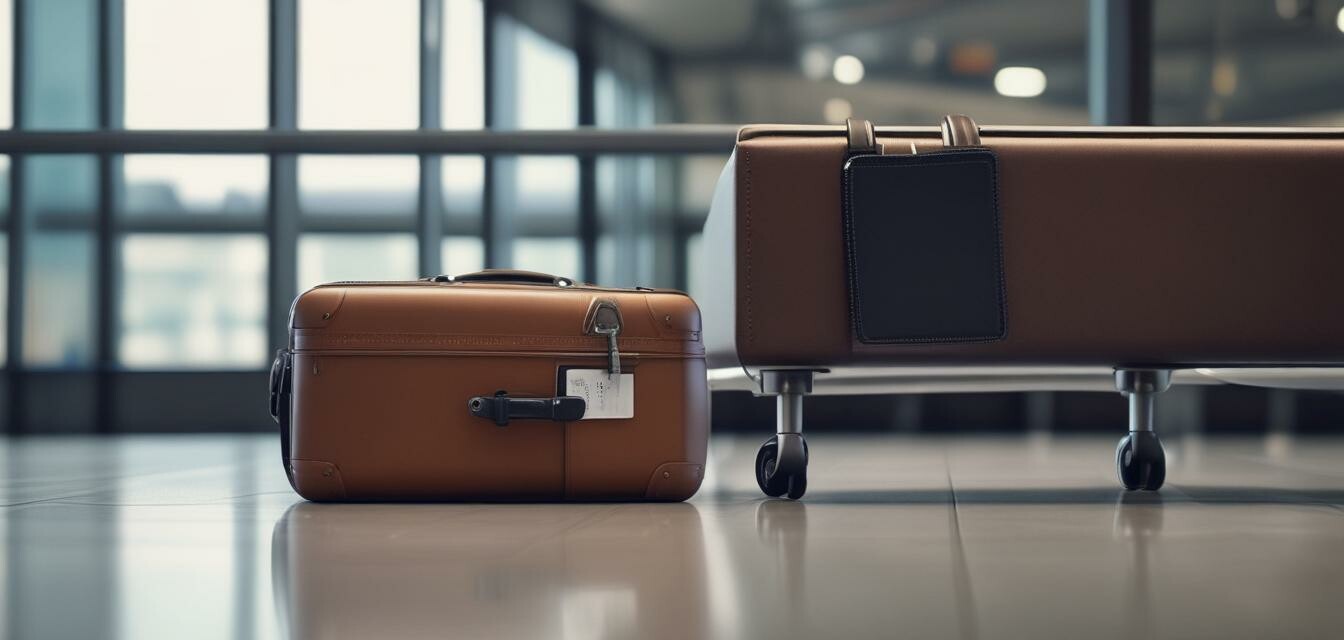
Navigating Airports with Smart Luggage
Key takeaways
- Smart luggage features like GPS tracking provide added security
- Keep your belongings organized to ease navigation
- Utilize airport services effectively
- Be aware of regulations around smart luggage
- Take advantage of charging ports and tech features
Traveling through airports can be a daunting experience, especially if you are juggling multiple bags or trying to locate your belongings among the hustle and bustle. However, with the advent of smart luggage, navigating airports has become a lot easier. Smart luggage integrated with GPS tracking can alleviate some of the stress that comes with traveling. From optimizing your packing to being smarter about airport navigation, this article will provide you with practical tips to ensure your journey is as smooth as possible.
Understanding smart luggage features
Before diving into strategies for navigating airports effectively, let's take a moment to understand the common features of smart luggage:
| Feature | Description |
|---|---|
| GPS Tracking | Allows you to monitor your luggage's location via a smartphone app. |
| Built-in Power Bank | Enables you to charge your devices on the go. |
| Weight Sensors | Helps you avoid baggage fees by indicating the weight of your luggage. |
| Remote Locking | Secure your belongings using your smartphone. |
| USB Ports | Convenience for charging devices conveniently during travel. |
Effective packing strategies
One of the keys to navigating airports smoothly is ensuring that your luggage is organized. Here are some effective packing strategies you can use:
- Use packing cubes: These help keep your items organized and easy to locate.
- Maximize space: Roll your clothes instead of folding them to save space and reduce wrinkles.
- Prioritize essentials: Pack your most important items (documents, medications) in an easily accessible part of your luggage.
- Check airport regulations: Make sure you are aware of what items are prohibited or regulated in carry-on bags.
- Smart accessories: Consider using RFID-blocking wallets or pouches to protect your information.
Making the most of airport services
Airports are equipped with several services that can ease your journey. Ensure you make use of these options:
- Mobile Apps: Download the airport's mobile app to stay updated on flight status and navigate amenities with ease.
- Charging Stations: Look for charging stations where you can charge your mobile devices while waiting for your flight.
- Luggage Assistance: Many airports offer luggage services that can help you manage your bags while navigating.
- Information Desks: Don’t hesitate to ask for help; airport staff can provide useful information and directions.
Being aware of regulations
Smart luggage is often called into question regarding airline regulations. Be proactive and ensure that:
- Check with your airline about their specific policies on smart baggage.
- Ensure that any lithium batteries comply with regulations and are within allowable limits.
- Understand how to handle your smart luggage during security checks to avoid delays.
Utilizing charging ports and features
Airports are rapidly implementing charging stations, and many smart luggage options include built-in ports. Here’s how to maximize their utility:
- Charge while you wait: Use available charging ports to keep your devices powered during layovers.
- Stay connected: Always have a backup source of charge for devices you use to track important information, like flight status.
- Plan ahead: Ensure your luggage is charged and ready for your travels.
Pros
- Improved luggage security with GPS tracking
- Convenience of integrated charging solutions
- Lightweight design enhances portability
- Organizational features make packing easier
Cons
- Higher initial cost compared to traditional luggage
- Potential battery regulations at some airports
- Dependency on technology that may fail
Conclusion
Smart luggage represents a leap forward in travel technology, offering features that enhance convenience and security. By effectively utilizing these tools and strategizing your airport navigation, you can significantly improve your travel experience. For more travel tips and advice, check out our comprehensive Travel Tips section and explore additional Travel Accessories to complement your smart luggage experience.